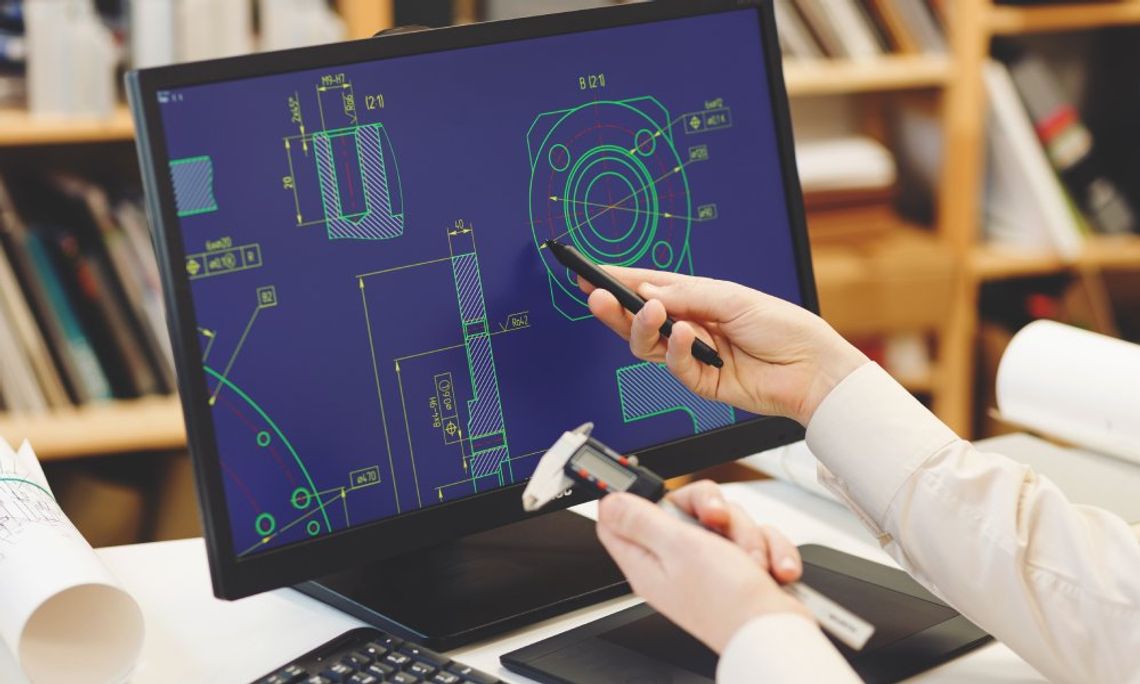When outsourcing parts or products for laser cutting, the last thing any business wants is a delay caused by a rejected file. Whether you’re manufacturing signage, custom parts, or branded displays, fabrication-ready design files will be the foundation of an efficient workflow.
If you’re unsure what fabricators look for in your laser cut design files, let’s walk through the critical elements they check before bringing your vision to life.
Correct File Format and Layers
Fabricators typically need vector-based files—like DXF, DWG, or SVG—that allow their software to read exact cutting paths. Raster images, screenshots, or PDFs might look clear on your end, but they often require conversion, which carries a distortion risk.
Organized layers are equally important. Separate cut lines, etch lines, and bend indicators make it easier for the shop to interpret and process your file without guesswork.
Clean Geometry Without Overlaps
Designs should have fully connected paths with no stray lines or overlapping geometry. When lines double up or shapes fail to close, the laser may trace them twice or fail to recognize the shape entirely.
These mistakes can cause warping, wasted material, or rejected cuts. A quick cleanup in your design software can prevent expensive delays.
Material-Specific Design Choices
What works for stainless steel might not be right for acrylic or aluminum. Different materials react differently to laser intensity and heat, so adjustments may be necessary depending on your substrate.
It’s also worth noting the difference between tube laser and flat laser cutting. The material and application often determine which method is best—tube lasers are ideal for cylindrical or structural parts, while flat lasers are standard for sheet goods.
Kerf Awareness and Tolerances
Laser cutting removes a small width of material, known as the kerf. If your design features press-fit components or interlocking tabs, failing to account for kerf can disrupt the entire assembly.
Fabricators often double-check tolerances. Designs with tight fits should include notes or offsets that anticipate the kerf size of the selected material.
Realistic Annotations and Notes
While dimensions and special instructions are helpful, they shouldn’t remain in the cut paths. Instead, place them in separate layers or send them as a reference file.
Unclear or excessive annotations can create confusion or force the shop to pause and request clarification, resulting in wasted time and money.
Efficient Nesting and Flatness
If you’re submitting multiple parts in one file, how you position them matters. Efficient nesting reduces material waste and lowers your overall fabrication cost.
This becomes especially important in busy shops where lead time depends on prep efficiency and batching compatibility.
Communicate Early, Rework Less
It’s tempting to assume your fabricator will “figure it out,” but most prefer files that are precise and self-explanatory. If you’re wondering what fabricators look for in your laser cut design files, the answer is simple: clarity, compatibility, and intentional design.
A little extra prep upfront leads to faster turnaround and far fewer headaches.


Comment
Comments